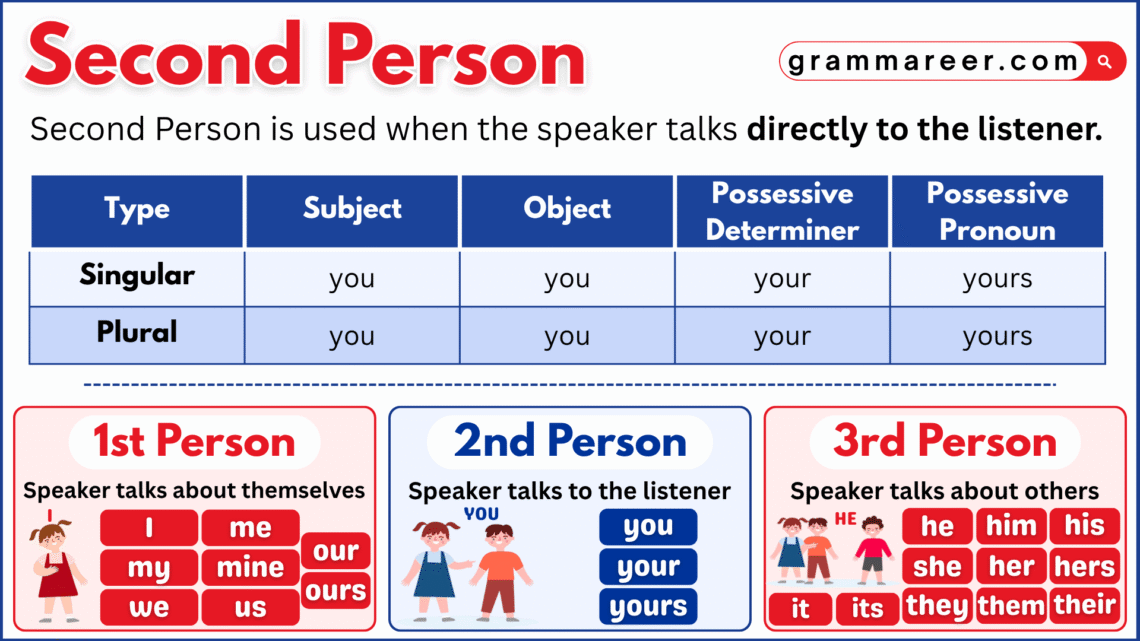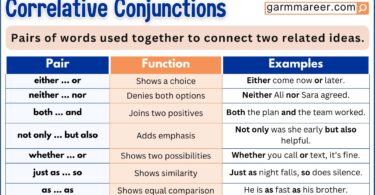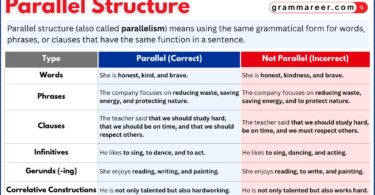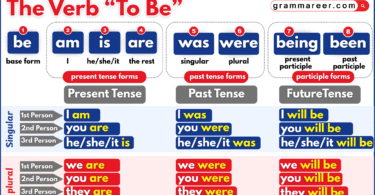Have you ever talked to someone and said things like you know this or you should try that? Well, guess what — you were using the second person point of view! It’s all about speaking directly to someone, just like we’re talking now.
In this article, we’ll explore what the second person means, how it’s used, and see some easy examples to help you understand it better.
Table of Contents
What is Second Person?
The second person point of view is used when you talk directly to someone. Instead of saying I or they, you use you to speak to the reader or listener. It feels like you’re having a one-on-one chat.
For example:
- You look happy today.
- You should try this new recipe.
- Can you help me with this task?
See? The focus is on the person being spoken to — you! The second person point of view makes your writing or speech sound friendly and direct, just like a conversation.
What is a Second-Person Pronoun?
It’s a word we use when we talk directly to someone. Instead of talking about ourselves or other people, we use it to speak to the person who’s listening. Words like you and your are perfect examples — they show that the speaker is addressing someone face-to-face or in writing.
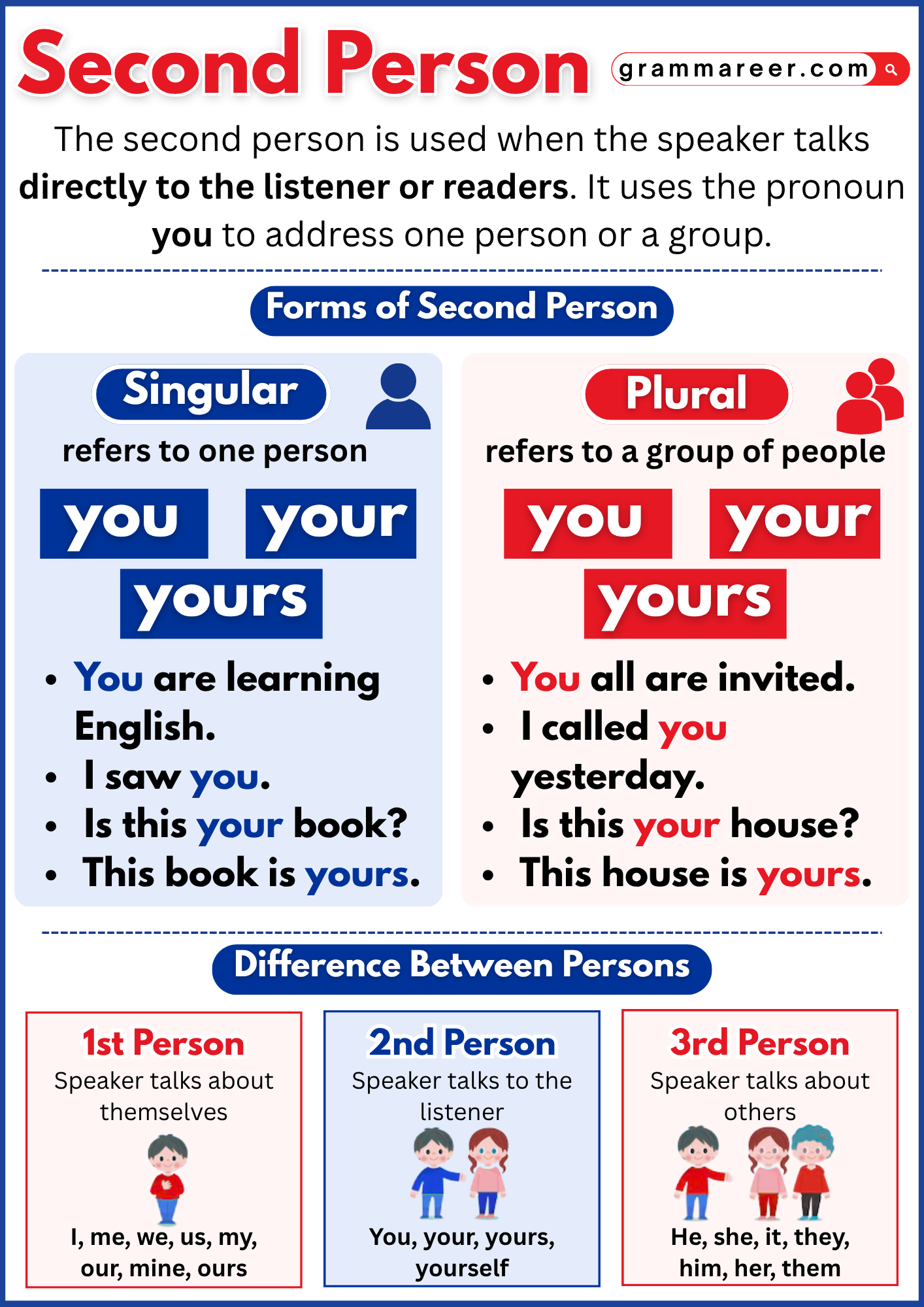
List of Second-Person Pronouns
Second-person pronouns have some common words that we use when talking directly to someone. Let’s look at them with their uses and examples.
| Pronoun | Usage | Example Sentence |
|---|---|---|
| You | Used to talk directly to one or more people. It can be both singular and plural. | • You are my best friend. / You all did a great job. |
| Your | Shows that something belongs to the person you’re talking to. | • Is this your book? |
| Yours | Used to show ownership, often at the end of a sentence. | • This phone is yours. |
| Yourself | Used when the action of the sentence goes back to the same person (singular). | • You should be proud of yourself. |
| Yourselves | Used when talking to more than one person about themselves. | • You should all take care of yourselves. |
When to Use Second-Person Pronouns?
We use you and other second-person pronouns when we talk straight to someone. They make our speech or writing sound friendly, personal, and direct. Let’s look at a few times when these words naturally fit in.
Giving Directions, Advice, or Orders:
Whenever you tell someone what to do or how to do it, you’re using the second person. It’s perfect for everyday instructions.
For Example:
- (You) Please sit here.
- You should rest after work.
- You’ll see the bakery on your left.
Sometimes the word you is not spoken, but it’s always understood.
Talking to a Group or Audience:
Speakers and writers often use you to make their audience feel included. It helps build a connection and keeps people engaged.
For Example:
- You can make a big difference by volunteering.
- You’ll enjoy this lesson if you like learning through examples.
Making the Reader Part of the Story:
Some stories, self-help books, and games use you to pull the reader right into the action. It feels like you’re living the story yourself.
For Example:
- You open the old door and step into the quiet hallway.
Using Second-Person in Formal and Academic Writing
In academic writing, we usually avoid using second-person pronouns like you or your. That’s because research papers, essays, and reports are meant to sound formal and objective, not personal or conversational.
Using you can make your writing sound like you’re directly talking to the reader and that’s not suitable for most academic work. For example, instead of saying You should always check your sources, it’s better to say Writers should always check their sources or One should always check sources for accuracy.
For Example:
| Informal (using you) | Formal (academic style) |
|---|---|
| • To get good grades, you must study regularly. | • To achieve good grades, students must study regularly. |
| • If you want to succeed, you need a clear plan. | • Those who want to succeed need a clear plan. |
| • You should always back up your claims with evidence. | • Claims should always be supported with evidence. |
So, while you is great for personal or instructional writing, it’s best to keep it out of academic papers unless the tone specifically calls for it.
Different Forms of Second-Person with Examples
Second-person pronouns can appear in different forms depending on how they’re used in a sentence. Let’s look at how they work in the subjective, objective, and possessive forms.
| Person | Subject Form | Object Form | Possessive Determiner | Possessive Pronoun |
|---|---|---|---|---|
| Second Person Singular | you – You look happy today. | you – I saw you at the park. | your – Is this your phone? | yours – This phone is yours. |
| Second Person Plural | you – You all did a great job. | you – I’ll see you later. | your – Did you bring your books? | yours – The seats near the window are yours. |
First, Second, and Third Person Pronouns
When we talk about first, second, and third person pronouns, we’re really just talking about who is being referred to in a sentence.
| Person | Definition | Usage | Common Words | Example Sentences |
|---|---|---|---|---|
| First Person | The speaker talks about themselves. | Used when you’re sharing your own thoughts, feelings, or actions. | I, me, my, mine, we, us, our, ours | • I love reading books. • We are going to the park. |
| Second Person | The speaker talks to someone else. | Used when you directly address the listener or reader. | you, your, yours | • You are my best friend. • Your idea sounds great. |
| Third Person | The speaker talks about someone or something else. | Used when you describe other people, animals, or things. | he, she, it, they, him, her, them, his, her, their, theirs | • He is watching TV. • They play football every evening. |
Examples of Second Person
- You should always trust your instincts.
- Don’t forget to bring your homework tomorrow.
- Is this pencil yours or mine?
- Always believe in yourself and stay positive.
- Take care of yourselves on your journey.
- You need to focus more on your goals.
- Please keep your room clean.
- The decision is completely yours to make.
- Reward yourself after finishing your work.
- All of you have done an excellent job today.
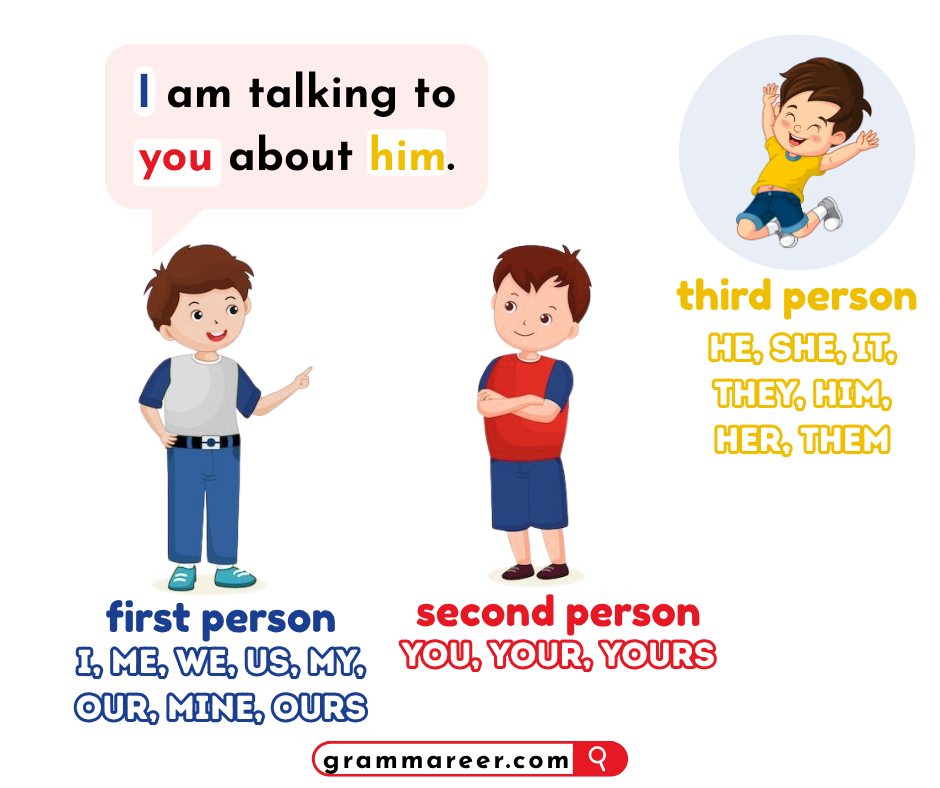
Why the Second Person Is Important?
The second person is useful because it lets you talk directly to someone, making your message feel clear and personal. We often use you, your, or yourself when giving advice or instructions. for example, You should save your work regularly.
It’s also important to know the difference between yourself and yourselves.
| Correct | Incorrect |
| ✅ You can introduce yourselves at the meeting. | ❌ You can introduce myself at the meeting. |
Even when you isn’t written, it’s understood in commands like Please sit down. Knowing how to use the second person helps you sound more natural and direct in both writing and conversation.
FAQs about Second Person
A second-person pronoun is a word we use when talking directly to someone. Instead of saying a person’s name again and again, we use words like you, your, and yours. For example, when you say, You look great today! you’re clearly talking to another person. These pronouns help make our speech and writing feel more direct and personal.
We use second-person pronouns when addressing someone in a conversation, giving advice, or giving instructions. They’re common in friendly talks, guides, and even storytelling.
For example:
• You should take an umbrella; it might rain. (giving advice)
• You open the app and then click “Start.” (giving instructions)
Just remember, “you” can mean one person or a group — it depends on the situation.
The main second-person pronouns are you, your, yours, yourself, and yourselves.
Here are some examples:
• You are my best friend.
• Is this your book?
• These shoes are yours.
• Take care of yourself.
• You should all enjoy yourselves at the party!
You May Also Like

